Green, White and the Orange Order
Do you have a favourite colour that you like to wear? In this letter, we look at the Orange Order - and visit a part of Ireland where the colour your choose to wear, symbolises your family's history and heritage. Imagine green being republican, orange being unionist, and white to signify the peace between the two traditions.
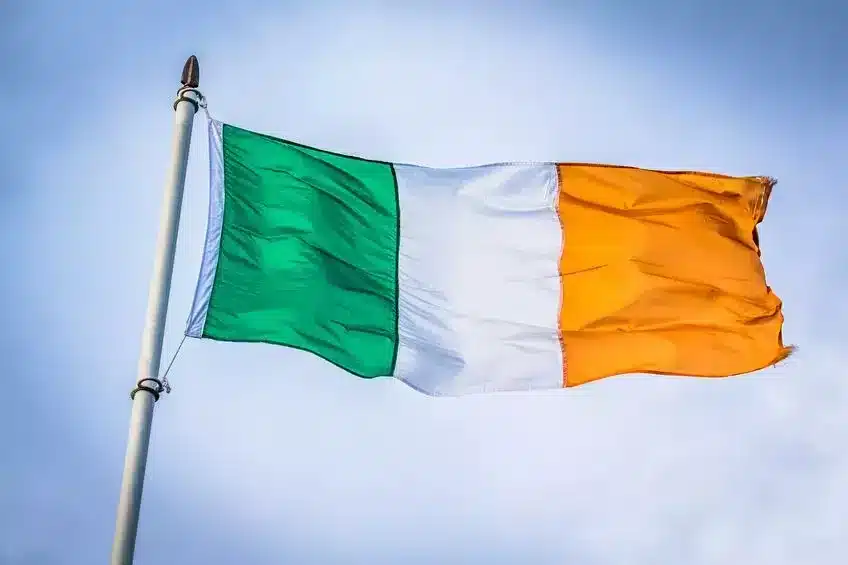
Have you ever seen the tri-colour flag of the Irish Republic? It has three sections – green, white and orange. It was designed in the mid-1800s, and is meant to signify peace (white) between the republican (green) and unionist (orange) traditions on this island.
Just three weeks ago, Carina and myself headed to County Armagh in the run up to the “marching season” of the various Orange lodges in that part of the country.
A Trip to the City of Armagh.
Do you have any ancestors that came from the counties of Ulster? I know that many of our readers, and Green Room members, have ancestors who arrived in Ulster from Scotland and England – before departing for the “colonies” many generations later.
With this arrival of Protestant English and Scottish settlers in Ulster from the early 1600s, we ended up with two divergent populations, each with a strong belief that the land rightfully belonged to them. These two were groups pitted against each other in one of the biggest experiments of social engineering in history – the Plantation of Ulster.
So, Carina and myself arrived in City of Armagh on July 6th last – just in time for what is known as “marching season”. This season culminates on the “glorious 12th” of July which marks the anniversary of The Battle of the Boyne. These celebrations are lead by members of the Orange Order across much of Ulster. But, what is this “Orange Order”?
A Closer Look at the Colour Orange.
Towards the end of the 1600s, there was a chance that the Catholic James of the United Kingdom might regain the throne taken from him by the Protestant William of Orange. In 1690, the two forces met on the shores of the River Boyne near the town of Drogheda in County Louth and, on that day, the forces of William won a resounding victory. The Protestant ascendancy across Ireland was assured going into the 18th century.
One of the tools employed by the English administration of the time was a set of laws that “encouraged” all residents of Ireland to join the established Protestant Church of Ireland. These became known as the “Penal Laws” and forbade non-adherents to the established church to hold office, profession – as well as putting them at a disadvantage in commercial transactions. For much of the early part of the 18th century, the targets of these laws were not only Roman Catholic – but also Presbyterian.
By the 1780s, Armagh was both a prosperous county – and the most highly-populated county in Ireland.
By the 1780s, Armagh was both a prosperous county – and the most highly-populated county in Ireland. The estimated population of Ireland in 1672 was 1.1 million – and by the time of the Great Famine in the 1840s, Ireland’s population had risen to 8 million. This illustrates the pressure that must have been felt on the farms and society of County Armagh by the late 1700s. Adding to this pressure, the Penal Laws were being relaxed for the first time in almost a century – which must have made the native Protestant population very anxious indeed.
Fights over the tenancy of land were fast becoming a feature of market days, and much of this hostility was organised on sectarian lines. On the Catholic side, the gangs were organised into a group known as the “Defenders” and the Protestant side were known as the “Peep O’Day Boys”.
In September, 1795, the rival factions gathered to fight in the Diamond in the village of Loughgall, County Armagh, just 5 miles from where we were visiting in Armagh City. The Peep o’Day Boys dominated, and the Defenders lost thirty men on the day. After their victory, the Peep o’Days went to the house of James Sloan and founded the “Orange Order”. It was to be a Protestant fraternal organisation of lodges, formed to defend the Protestant citizens of Armagh and beyond.
Their first marches were held on July 1796, in the Armagh towns of Portadown and Lurgan and they celebrated the victory at the Battle of the Boyne. This has been a tradition that has been maintained to the present day.
At it’s peak by 1965, membership of the Orange Order was about 70,000 – but that number has dropped to about 35,000 today.
At it’s peak by 1965, membership of the Orange Order was about 70,000 – but that number has dropped to about 35,000 today. However, north Armagh retains a high membership of the Orange Order – organised across 168 lodges.
Many people find it hard to understand how an organisation such as the Orange Order exists today. Their sectarian “reason for being”, the tradition of marching, the wearing of provocative emblems – all of these trigger extreme reactions. For some, they are a proud symbol of a shared heritage – and for others, they are a provocative sectarian group. For many more, they are a historical anomaly, and inconsequential within a modern, secular society.
What do you think – where does your opinion lie?
Here is my opinion – I think we need a little music! I’m going to share two ballads, each from each side of “the old divide”. The first is “The Sash My Father Wore” – do follow the words to hear the sense of history and pride in this Unionist ballad.
Then, we have”Four Green Fields”, written by the late, great Tommy Makem from Keady in County Armagh – and performed by himself and Liam Clancy. It’s a Republican ballad lamenting the loss of an old Ireland – the hope of a united one in the future.
Here is “The Sash My Father Wore”:
And here are the “Four Green Fields”:
I hope you enjoyed that – didn’t Tommy Makem have a fine voice?
How about you – do you have ancestors from the counties of Ulster in your family tree?
That’s it for this week. Do feel free to leave a comment below to share your Irish surnames and any stories you might have from your Irish family tree – or just to say hello!
Slán for this week, Mike and Carina : )

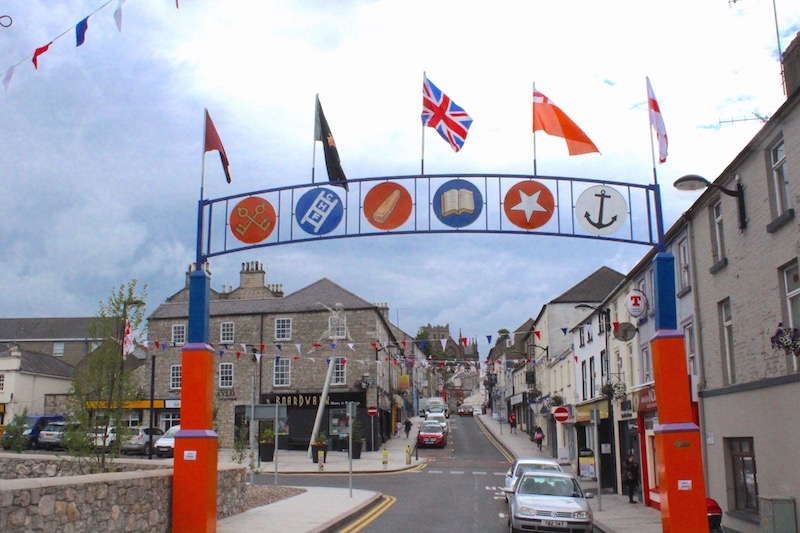

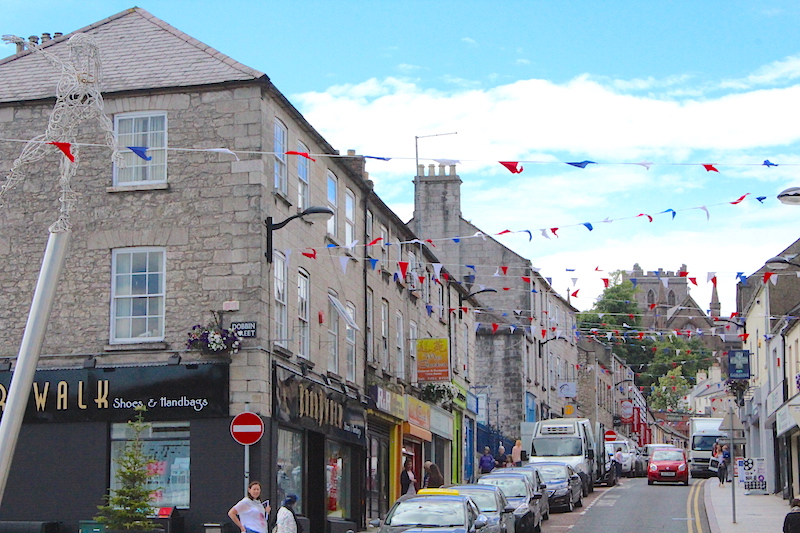
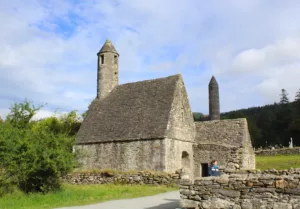
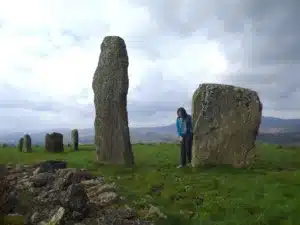
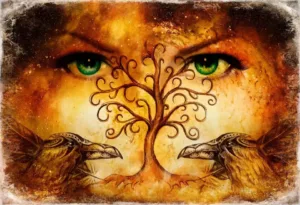

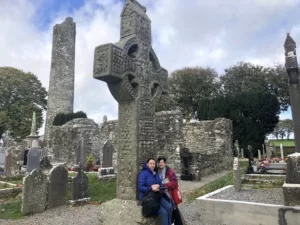

Only Plus Members can comment - Join Now
If you already have an account sign in here.